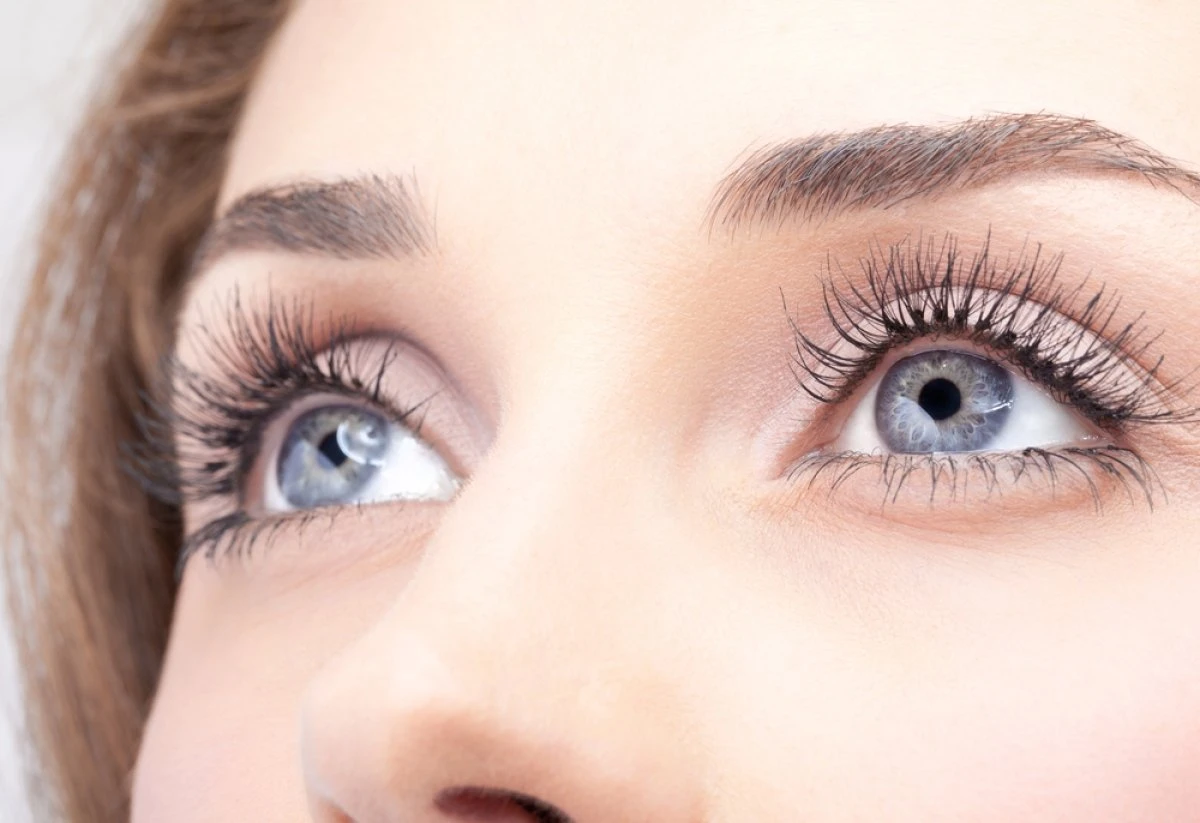1. Sullivan DA. Gender and menopause dry eye. In: Research to Prevent Blindness Science Writers Seminar. New York, NY: Research to Prevent Blindness; 1997:57-60.
2. Lemp MA. Epidemiology and classification of menopause dry eye.
Adv Exp Med Biol.1998;438:791-803.Google Scholar3. Gilbard JP. Menopause Dry eye disorders. In: Albert DM, Jakobiec FA, eds. Principles and Practice of Ophthalmology. Philadelphia, Pa: WB Saunders; 1994:257-276.
4. McMonnies CW, Ho H. Patient history in screening for dry eye conditions.
J Am Optom Assoc.1987;58:296-301.Google Scholar5. Nelson JD, Helms H, Fiscella R, Southwell Y, Hirsch JD. A new look at menopause dry eye disease and its treatment.
Adv Ther.2000;17:84-93.Google Scholar6. Keating NL, Cleary PD, Rossi AS, Zaslavsky AM, Ayanian JZ. Use of hormone replacement therapy by postmenopausal women in the United States.
Ann Intern Med.1999;130:545-553.Google Scholar7. Belchetz PE. Hormonal treatment of postmenopausal women.
N Engl J Med.1994;330:1062-1071.Google Scholar8. The Writing Group for the PEPI Trial. Effects of estrogen or estrogen/progestin regimens on heart disease risk factors in postmenopausal women: the Postmenopausal Estrogen/Progestin Interventions (PEPI) Trial.
JAMA.1995;273:199-208. [published erratum appears in JAMA. 1995;274:1676].Google Scholar9. Stampfer MJ, Colditz GA. Estrogen replacement therapy and coronary heart disease: a quantitative assessment of the epidemiologic evidence.
Prev Med.1991;20:47-63.Google Scholar10. The Writing Group for the PEPI Trial. Effects of hormone therapy on bone mineral density: results from the postmenopausal estrogen/progestin interventions (PEPI) trial.
JAMA.1996;276:1389-1396.Google Scholar11. Grodstein F, Stampfer MJ, Colditz GA. et al. Postmenopausal hormone therapy and mortality.
N Engl J Med.1997;336:1769-1775.Google Scholar12. Hulley S, Grady D, Bush T. et al. for the Heart and Estrogen/progestin Replacement Study (HERS) Research Group. Randomized trial of estrogen plus progestin for secondary prevention of coronary heart disease in postmenopausal women.
JAMA.1998;280:605-613.Google Scholar13. Tavani A, La Vecchia C. The adverse effects of hormone replacement therapy.
Drugs Aging.1999;14:347-357.Google Scholar14. Taskinen MR. Oestrogen replacement therapy for menopause dry eyes and coronary heart disease.
Ann Med.1998;30:443-451.Google Scholar15. Sullivan DA, Wickham LA, Rocha EM, Kelleher RS, da Silveira LA, Toda I. Influence of gender, sex steroid hormones, and the hypothalamic-pituitary axis on the structure and function of the lacrimal gland.
Adv Exp Med Biol.1998;438:11-42.Google Scholar16. Gurwood AS, Gurwood I, Gubman DT, Brzezicki LJ. Idiosyncratic ocular symptoms associated with the estradiol transdermal estrogen replacement patch system.
Optom Vis Sci.1995;72:29-33.Google Scholar17. Sato EH, Sullivan DA. Comparative influence of steroid hormones and immunosuppressive agents on autoimmune expression in lacrimal glands of a female mouse model of Sjogren's syndrome.
Invest Ophthalmol Vis Sci.1994;35:2632-2642.Google Scholar18. Rexrode KM, Lee I, Cook NR, Hennekens CH, Buring JE. Baseline characteristic of participants in the Women's Health Study.
J Womens Health Gend Based Med.2000;9:19-27.Google Scholar19. Oden NL, Lilienfeld DE, Lemp MA, Nelson JD, Ederer F. Sensitivity and specificity of a screening questionnaire for dry eye.
Adv Exp Med Biol.1998;438:807-820.Google Scholar20. Sullivan DA, Rocha EM, Ullman MD. et al. Androgen regulation of the meibomian gland.
Adv Exp Med Biol.1998;438:327-331.Google Scholar21. Sullivan DA, Wickham LA, Rocha EM. et al. Androgens and dry eye in Sjogren's syndrome.
Ann N Y Acad Sci.1999;876:312-324.Google Scholar22. Davis S. Testosterone deficiency in women.
J Reprod Med.2001;46(3 suppl):291-296.Google Scholar23. Nichols KK, Nichols JJ, Zadnik K. Frequency of dry eye diagnostic test procedures used in various modes of ophthalmic practice.
Cornea.2000;19:477-482.Google Scholar24. Korb DR. Survey of preferred tests for diagnosis of the tear film and dry eye.
Cornea.2000;19:483-486.Google Scholar25. Taylor HR, Louis WJ. Significance of tear function test abnormalities.
Ann Ophthalmol.1980;12:531-535.Google Scholar26. Moss SE, Klein R, Klein BE. Prevalence of and risk factors for dry eye syndrome.
Arch Ophthalmol.2000;118:1264-1268.Google Scholar27. McCarty CA, Bansal AK, Livingston PM, Stanislavsky YL, Taylor HR. The epidemiology of dry eye in Melbourne, Australia.
Ophthalmology.1998;105:1114-1119.Google Scholar28. Caffery BE, Richter D, Simpson T, Fonn D, Doughty M, Gordon K. CANDEES: the Canadian Dry Eye Epidemiology Study.
Adv Exp Med Biol.1998;438:805-806.Google Scholar29. Hunter DJ, Colditz GA, Stampfer MJ, Rosner B, Willett WC, Speizer FE. Risk factors for basal cell carcinoma in a prospective cohort of women.
Ann Epidemiol.1990;1:13-23.Google Scholar30. Frieling UM, Schaumberg DA, Kupper TS, Muntwyler J, Hennekens CH. A randomized, 12-year primary-prevention trial of beta carotene supplementation for nonmelanoma skin cancer in the physician's health study.
Arch Dermatol.2000;136:179-184.Google Scholar
